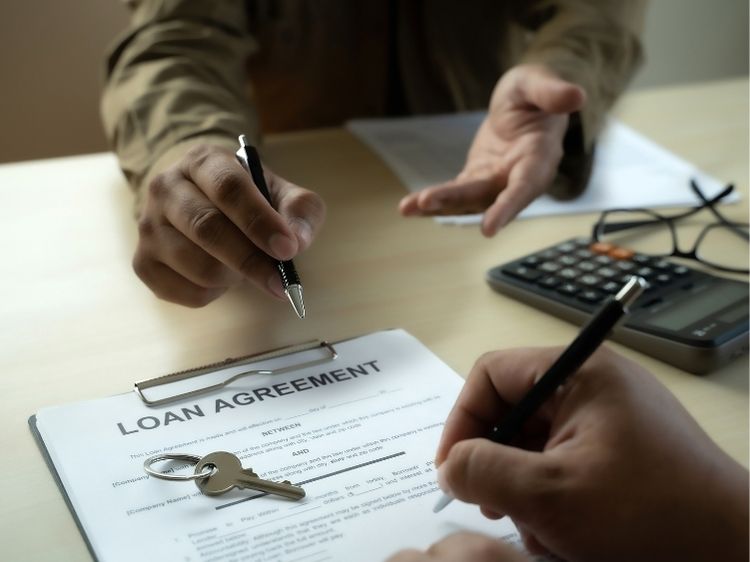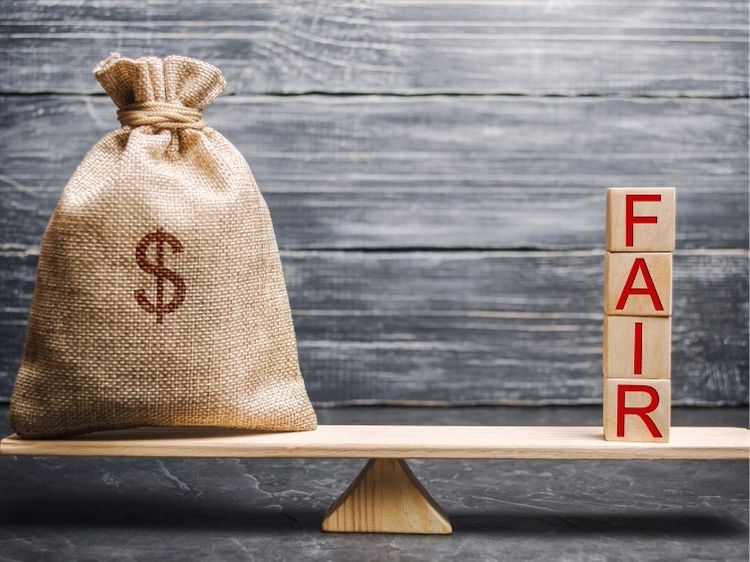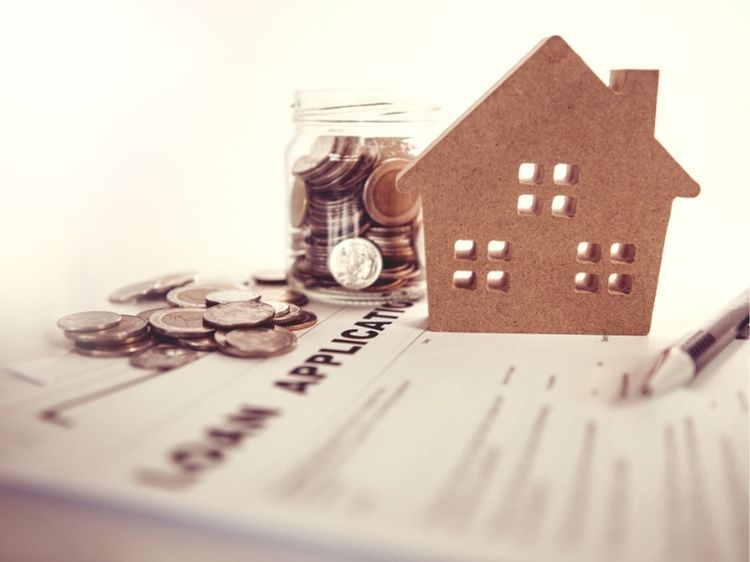What is a HELOC Loan?
A HELOC loan, short for Home Equity Line of Credit, is a type of loan that allows homeowners to borrow against the equity they’ve built up in their homes. It’s like a credit card but with your home as collateral. You can borrow funds as needed up to a certain limit, repay them, and borrow again within the draw period.
Unlike traditional loans, where you receive a lump sum, a HELOC gives you flexibility. Wondering if it’s a good choice for you? Let’s dig deeper.
How Does a HELOC Loan Work?
Here’s a quick breakdown of how HELOCs operate:
- Credit Limit: Based on your home equity (the difference between your home’s value and the amount you owe on your mortgage), lenders approve a credit limit.
- Draw Period: This is the time frame (usually 5-10 years) during which you can withdraw funds.
- Repayment Period: After the draw period ends, the repayment period begins, often lasting 10-20 years.
- Interest Rates: HELOCs typically have variable interest rates, meaning your payments could fluctuate.
For example, if your home is worth $300,000 and your mortgage balance is $200,000, you might qualify for a HELOC of up to $50,000 or more.
Benefits of a HELOC Loan
Why do so many people consider HELOCs? Let’s spell it out:
1. Flexibility
You don’t have to borrow the full amount at once. Take only what you need when you need it.
2. Lower Interest Rates
Compared to personal loans or credit cards, HELOCs generally come with lower rates, making them an affordable borrowing option.
3. Tax Deductible Interest
If you use the funds for home improvements, the interest you pay may be tax-deductible. Always check with a tax professional to confirm.
4. Access to Large Sums
Need to finance a big project, like a kitchen remodel or college tuition? A HELOC can provide the funds without draining your savings.
Drawbacks to Keep in Mind
A HELOC isn’t all sunshine and rainbows. Here’s what you need to consider:
- Risk of Foreclosure: Since your home is collateral, failing to repay the loan could lead to losing your property.
- Variable Interest Rates: While initial rates might seem low, they can rise unexpectedly, increasing your monthly payments.
- Potential Overspending: Having access to a large credit line might tempt you to borrow more than you can comfortably repay.
When Should You Use a HELOC Loan?
A HELOC loan works best for:
- Home Improvements: Upgrading your property can increase its value.
- Debt Consolidation: Pay off high-interest credit cards with a lower-rate HELOC.
- Emergency Funds: Have a backup for unexpected expenses, like medical bills.
How to Qualify for a HELOC Loan
Lenders typically consider these factors:
- Home Equity: Most lenders require at least 15-20% equity in your home.
- Credit Score: A score of 620 or higher improves your chances.
- Debt-to-Income Ratio (DTI): A lower DTI (ideally below 43%) shows lenders you’re financially stable.
- Income: Stable and sufficient income is essential for approval.
Tips for Using a HELOC Loan Wisely
Here are some pro tips to keep your finances in check:
- Borrow Only What You Need: Don’t treat your HELOC like free money.
- Understand the Terms: Know when the draw and repayment periods start and end.
- Budget for Fluctuating Payments: Plan for potential interest rate increases.
- Avoid Risky Investments: Using a HELOC to fund high-risk ventures could jeopardize your home.
HELOC Loan vs. Home Equity Loan: What’s the Difference?
While both are secured by your home, they differ in structure:
| Feature | HELOC Loan | Home Equity Loan |
| Disbursement | Withdraw as needed | Lump sum |
| Repayment | Interest-only during draw period | Fixed monthly payments |
| Interest Rate | Variable | Fixed |
FAQs About HELOC Loans
1. What can I use a HELOC loan for?
A HELOC can fund home renovations, consolidate debt, cover medical bills, or even pay for education.
2. Is a HELOC loan tax-deductible?
Yes, but only if the funds are used for substantial home improvements.
3. How do I repay a HELOC loan?
During the draw period, you typically make interest-only payments. Once the repayment period starts, you’ll pay both principal and interest.
4. What happens if I sell my home with an active HELOC?
You’ll need to pay off the HELOC in full before selling your property.
5. Can I lose my home with a HELOC?
Yes, if you default on your payments, the lender could foreclose on your home.
Conclusion: Is a HELOC Loan Right for You?
A HELOC loan can be a financial lifesaver or a potential pitfall, depending on how you use it. If you’re disciplined and need access to flexible funding for home-related expenses, it’s a great option. However, if your income is unstable or you’re prone to overspending, it might not be the best fit.
Always compare lenders, understand the terms, and evaluate your financial situation before committing. Remember, your home is on the line!
Authoritative Links for Further Reading
- Federal Trade Commission (FTC) on HELOCs: https://www.consumer.ftc.gov
- IRS Guidelines on Home Loan Deductions: https://www.irs.gov
- CFPB HELOC Basics: https://www.consumerfinance.gov


